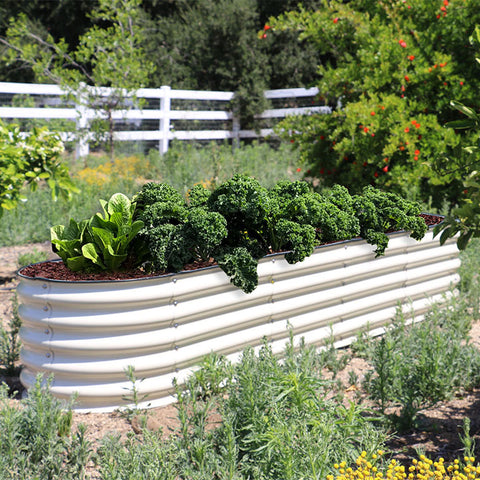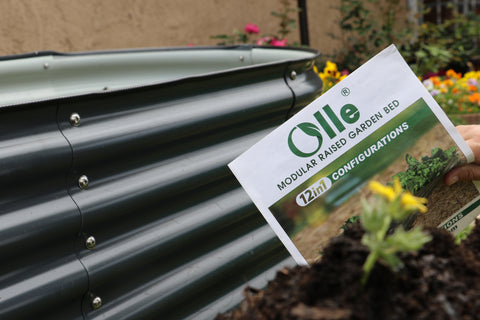Incredible Record Breaking Harvest - The Magic of the Raised Garden Beds
For our garden beds gardening this year, this is a record harvest!
So far, more than 1000 tomatoes, 100+green peppers and hundreds of sweet peppers and peppers have been taken from the garden. All this happened after the harvest of giant cucumbers, zucchini and garlic.
But perhaps the most interesting thing is that the harvest of our tomato and pepper plants has doubled! Yes, this is both a record harvest year and a proof year for garden beds gardening.

Record breaking harvest
Entering this year, we know that it will be a difficult gardening year. As we move south, we know that we will not be able to give the garden the daily attention it has always had. We only need to rely on the system of no tillage mulch crops and heavy mulch, and hope that it can keep the garden in a good enough shape for some kind of harvest. And I have done it!
Last summer, we spent less than seven days in the garden. We were both surprised at the harvest. It also surprised us that the walking and growing lines were kept so well. In particular, we didn't stay for several weeks at a time.
Whenever we have the opportunity to talk about overhead gardening, we always emphasize that this is a gardening method that is applicable to almost everyone. For busy people, for experienced gardeners, for young and old people. For everyone in between.
It does not require tillage or heavy soil movement. It is 100% organic. In the third year of implementing no tillage and heavy cover crops, weeding is almost zero. In this growing season, in our own overhead row garden - we can certainly prove this!
I have to say that under our belt this year, we can't wait to have the opportunity to go out and tell gardeners all over the country how simple and effective overhead gardening is! (It seems that we are not excited to talk about it before this year's harvest!

Here is a quick look at the year of life in the raised garden bed.
Autumn – In autumn, mulch crops (we use winter (grain) rye) are grown only in rows of raised garden beds.
Within a few weeks, the covering crops will grow to cover the whole row, covering in the thick protective layer of bright green turf.
Winter – Cover crops still exist but remain dormant in winter. It can protect the soil from erosion and prevent weed seeds from blowing into the soil and settling in the soil.
This is great for eliminating weeds in the next growing season!
Early spring – covering crops to restore vitality, green and continue to grow. When it reached a height of about 4 to 6 inches, we began to cut it off. We put the newspaper clipping in the compost pile. The second option is simply to overlay them back into the long rows.
Mid to late spring – after cutting the mulch crop three to five times, it begins to die. Early spring crops can be planted. By the end of spring, it had died, and we planted it directly through covering crops.
We use a backdigger to easily plant our grafts and use pickaxes to make simple ditches for our seed crops.
Summer – Once the garden is planted, a layer of straw will be spread on the dying crops. The soil will never be bare. This is the key to low maintenance. When autumn comes, we pull out plants, pull back straw, rake, and then replant winter rye again.

It's really that easy!
